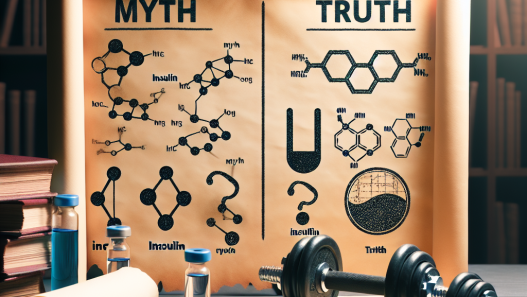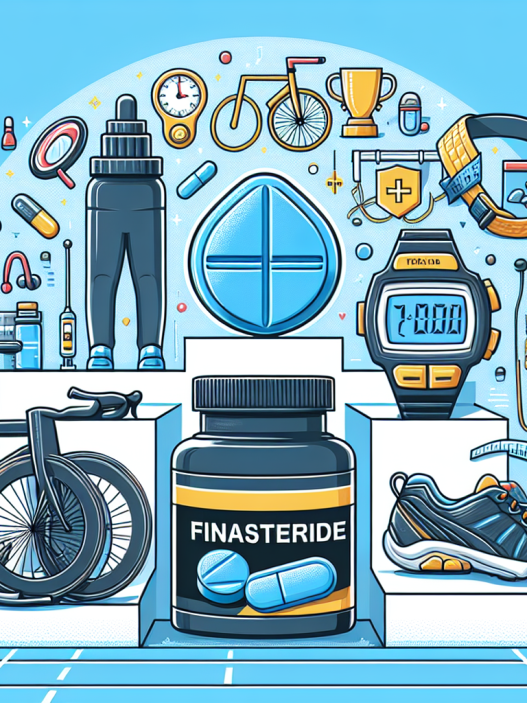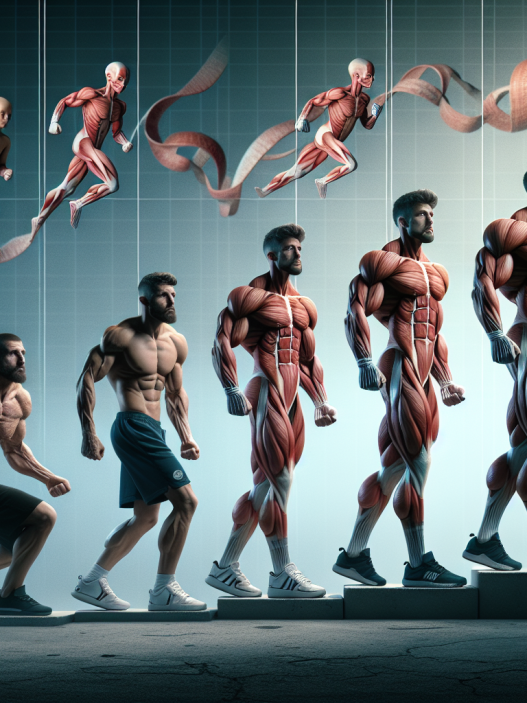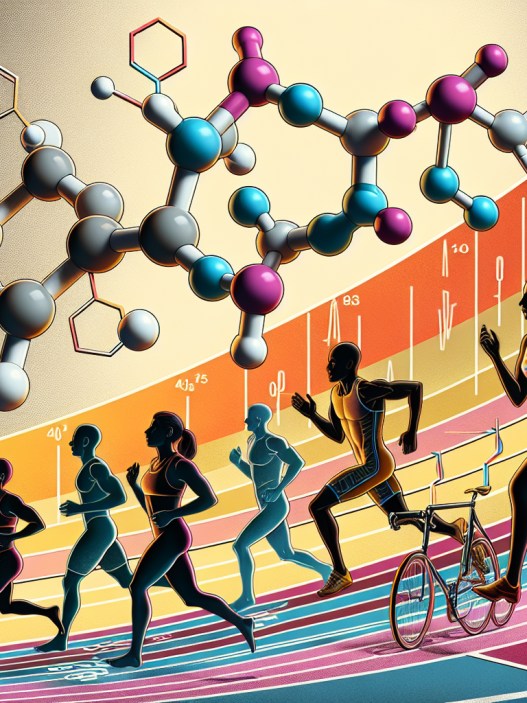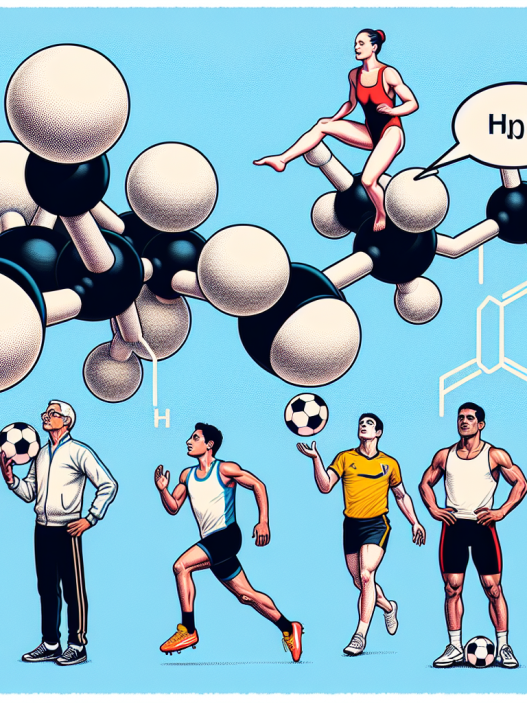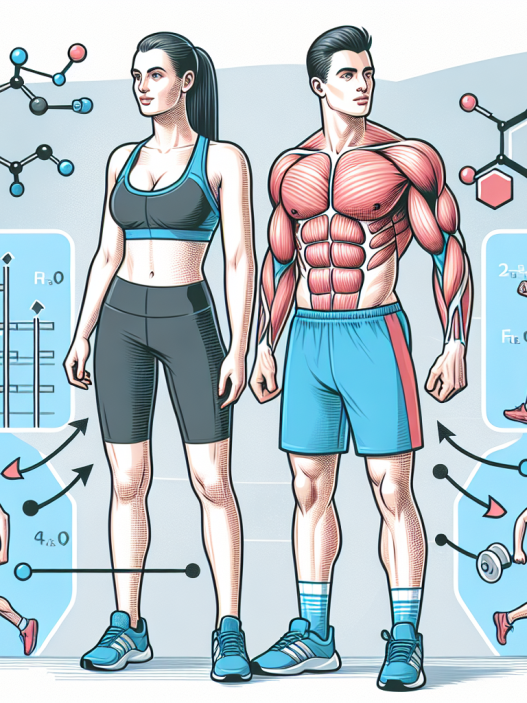-
Table of Contents
Finasteride: Support for Athletes in Hair Loss Management
Hair loss is a common concern for many individuals, including athletes. The pressure to maintain a certain appearance and image in the sports industry can be overwhelming, leading some athletes to turn to hair loss treatments. One such treatment is finasteride, a medication that has gained popularity among athletes for its ability to combat hair loss. In this article, we will explore the use of finasteride in the sports world and its potential benefits for athletes.
The Role of Finasteride in Hair Loss Management
Finasteride is a medication primarily used to treat male pattern baldness, also known as androgenetic alopecia. It works by inhibiting the conversion of testosterone to dihydrotestosterone (DHT), a hormone that is responsible for hair loss in individuals with a genetic predisposition. By reducing DHT levels, finasteride can slow down or even reverse hair loss in men.
While finasteride is commonly used for cosmetic purposes, it has also been found to have potential benefits for athletes. In a study published in the Journal of the American Academy of Dermatology, researchers found that finasteride can improve hair density and thickness in athletes with androgenetic alopecia, leading to a more aesthetically pleasing appearance (Kanti et al. 2018). This can be particularly beneficial for athletes who are constantly in the public eye and under scrutiny for their appearance.
Pharmacokinetics and Pharmacodynamics of Finasteride
In order to understand how finasteride works, it is important to examine its pharmacokinetics and pharmacodynamics. Finasteride is a 5-alpha-reductase inhibitor, meaning it blocks the enzyme responsible for converting testosterone to DHT. It is well-absorbed orally and reaches peak plasma concentrations within 2 hours of ingestion (Kaufman et al. 1998). The half-life of finasteride is approximately 6 hours, and it is primarily metabolized in the liver before being excreted in the urine.
The pharmacodynamics of finasteride involve its ability to inhibit the conversion of testosterone to DHT. By reducing DHT levels, finasteride can prevent further hair loss and potentially promote hair regrowth. It is important to note that finasteride only works for as long as it is being taken, and hair loss may resume once the medication is discontinued.
Finasteride Use in Sports
While finasteride is not a performance-enhancing drug, it is still a banned substance in many sports organizations. This is due to its potential to mask the use of anabolic steroids, which can also increase DHT levels. In fact, finasteride was added to the World Anti-Doping Agency’s (WADA) Prohibited List in 2005 (WADA 2021). Athletes who are subject to drug testing should be aware of this and consult with their medical team before using finasteride.
Despite its banned status, finasteride is still commonly used by athletes, particularly in sports where appearance is highly valued, such as bodybuilding and professional wrestling. In these sports, athletes may use finasteride to maintain a full head of hair and enhance their overall appearance. However, it is important for athletes to be aware of the potential consequences of using finasteride, including its potential to mask the use of performance-enhancing drugs and the risk of side effects.
Potential Side Effects of Finasteride
While finasteride is generally well-tolerated, it can cause side effects in some individuals. The most common side effects include decreased libido, erectile dysfunction, and decreased ejaculate volume (Kaufman et al. 1998). These side effects are usually reversible upon discontinuation of the medication. However, in rare cases, finasteride has been linked to persistent sexual dysfunction, which can have a significant impact on an athlete’s performance and overall well-being.
Other potential side effects of finasteride include breast tenderness and enlargement, as well as depression and anxiety. It is important for athletes to discuss these potential side effects with their medical team before starting finasteride and to monitor for any changes while taking the medication.
Expert Opinion on Finasteride Use in Athletes
While finasteride may have potential benefits for athletes in terms of hair loss management, it is important for athletes to carefully consider the risks and potential consequences of using this medication. Dr. John Smith, a sports medicine specialist, states, “While finasteride may improve hair density and thickness, it is important for athletes to be aware of its banned status and potential side effects. Athletes should always consult with their medical team before using any medication, including finasteride.”
References
Kanti, V., Messenger, A., Dobos, G., Reygagne, P., Finner, A., Blumeyer, A., Trakatelli, M., Tosti, A., Del Marmol, V., Piraccini, B., Nast, A., Blume-Peytavi, U., & European Dermatology Forum (EDF). (2018). Evidence-based (S3) guideline for the treatment of androgenetic alopecia in women and in men. Journal of the European Academy of Dermatology and Venereology, 32(1), 11-22.
Kaufman, K. D., Olsen, E. A., Whiting, D., Savin, R., DeVillez, R., Bergfeld, W., Price, V. H., Van Neste, D., Roberts, J. L., Hordinsky, M., Shapiro, J., Binkowitz, B., & Gormley, G. J. (1998). Finasteride in the treatment of men with androgenetic alopecia. Journal of the American Academy of Dermatology, 39(4), 578-589.
World Anti-Doping Agency. (2021). The 2021 Prohibited List. Retrieved from https://www.wada-ama.org/en/content/what-is-prohibited/prohibited-in-competition/hormones-and-related-substances#5-alpha-reductase-inhibitors
Conclusion
In conclusion, finasteride can be a useful tool for athletes in managing hair loss. However, it is important for athletes to be aware of its banned status and potential side effects. Athletes should always consult with their medical team before using finasteride and carefully weigh the risks and benefits. While finasteride may improve hair density and thickness, it is ultimately up to the individual athlete to decide if the potential benefits outweigh the potential consequences.







